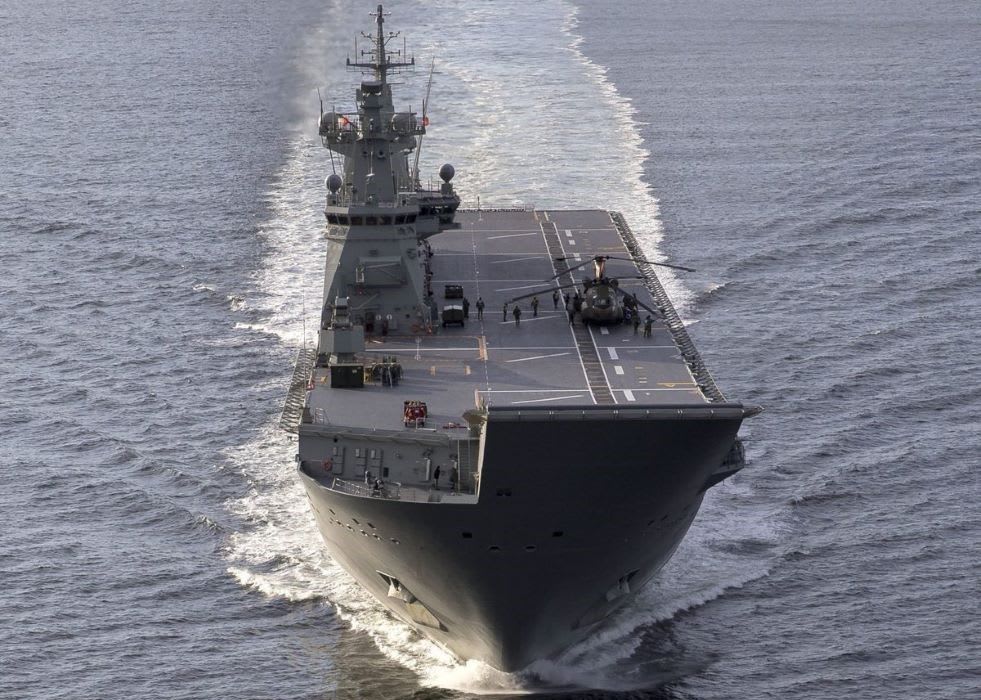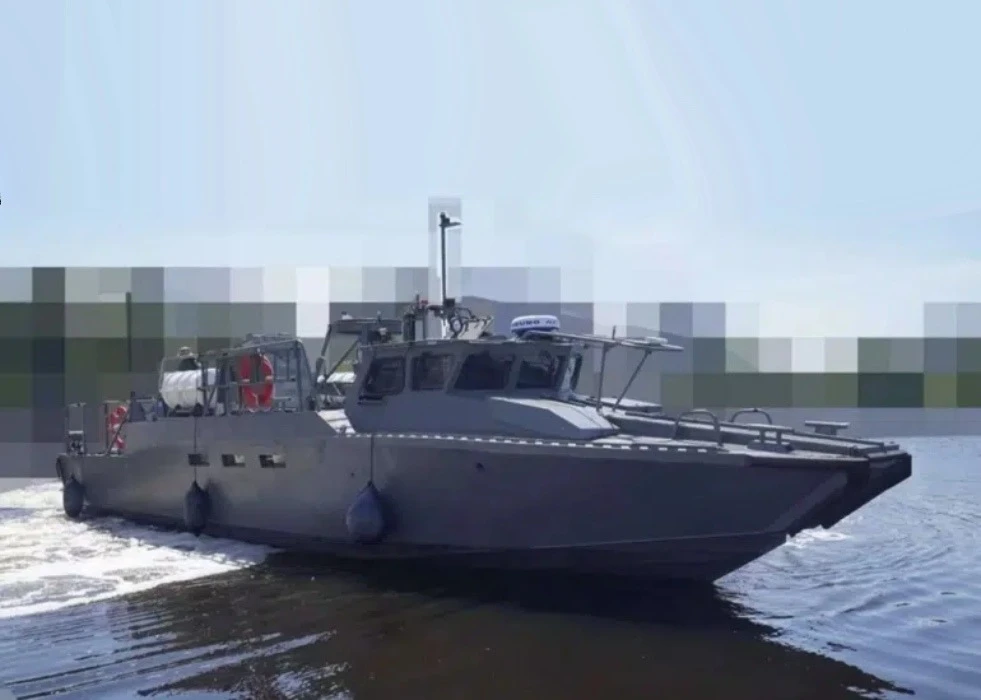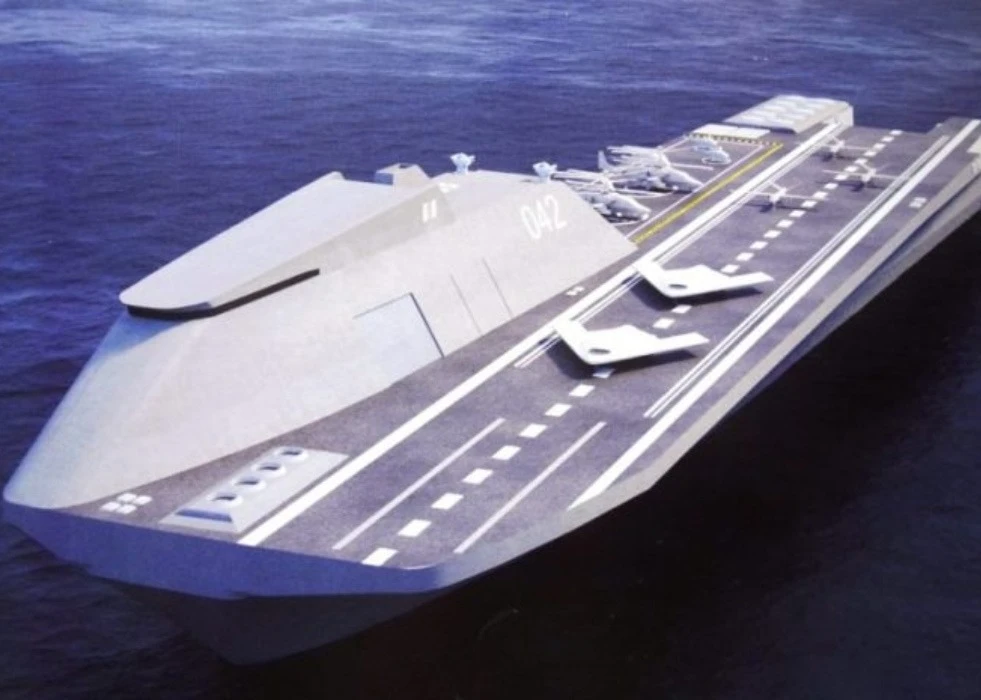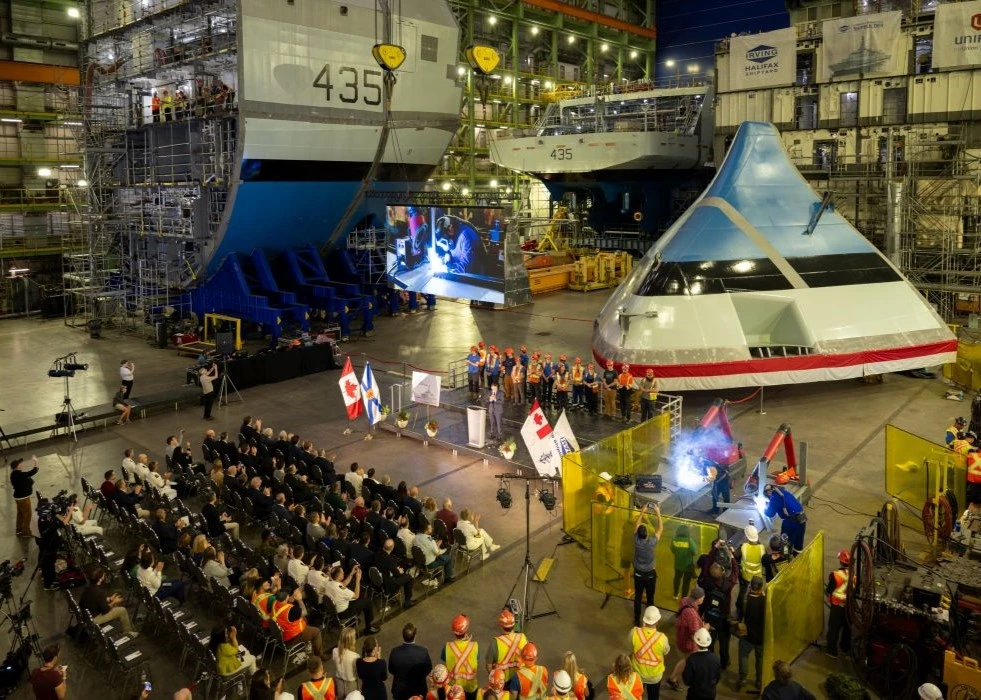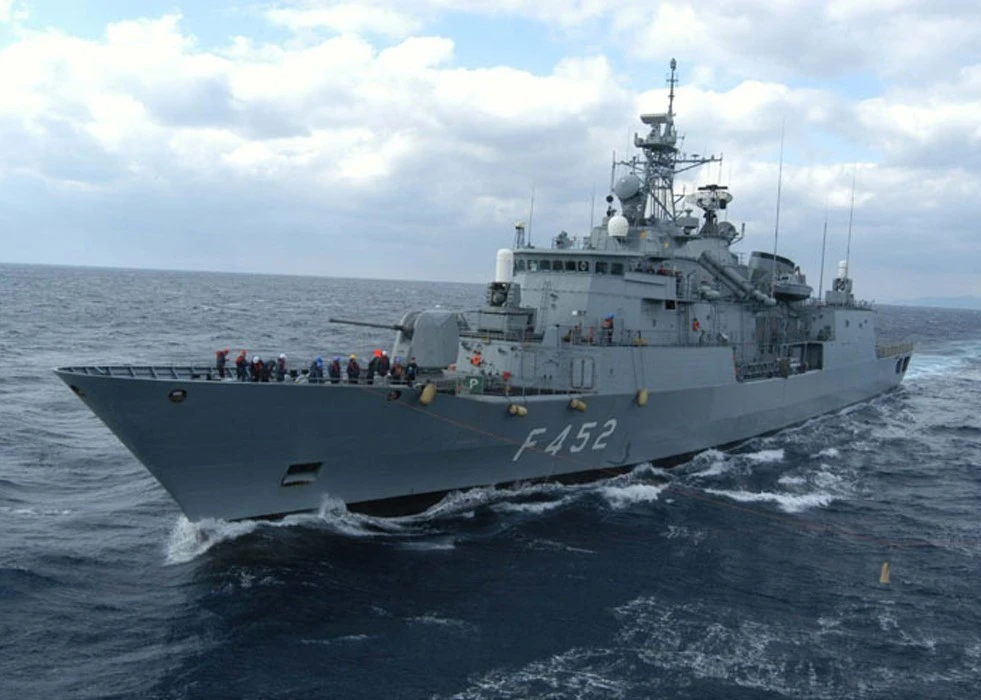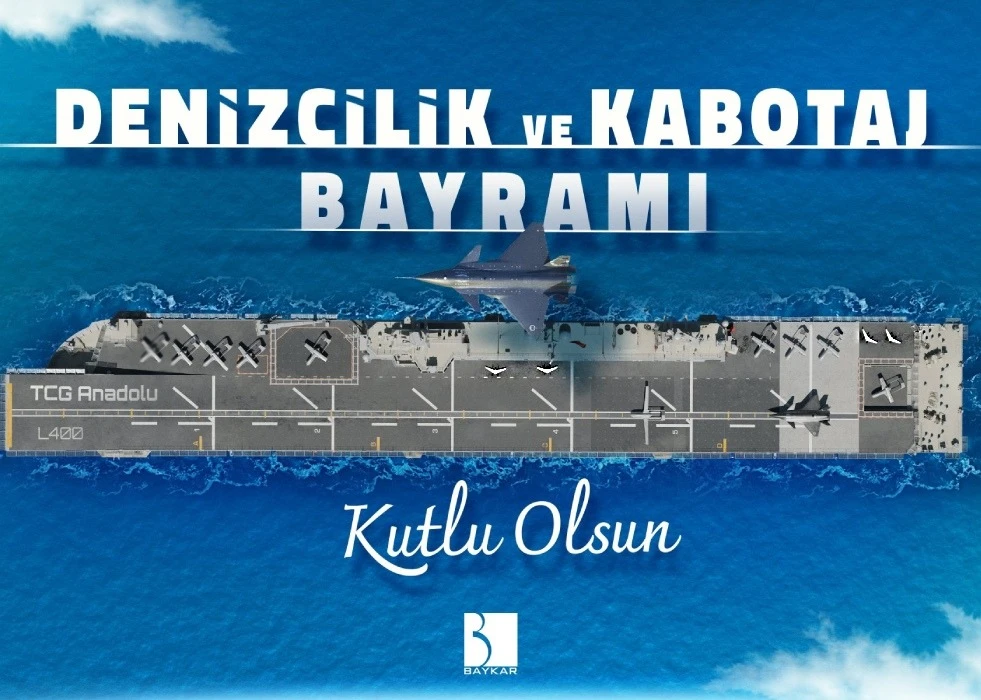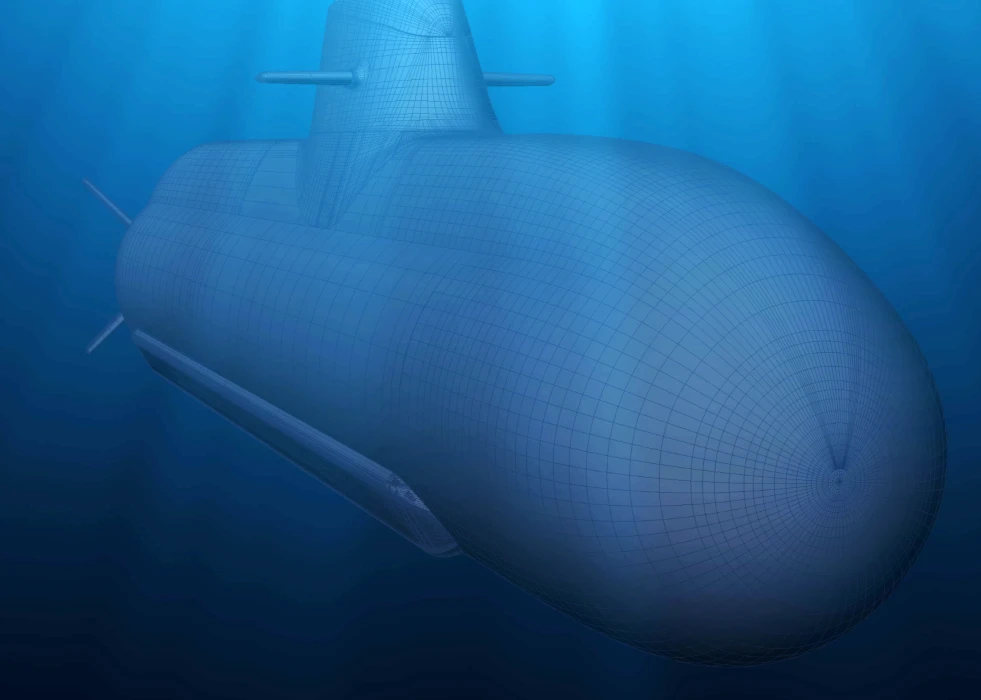By Özgür Ekşi
Defence Industry Executive Committee (SSİK) decided on critical subjects concerning the future of the Turkish navy and shipyards. After TCG Anadolu (L 400), there was an expectation for the construction of TCG Trakya, which would have a hull number of L 401. Over time, this view turned to actual aircraft carrier construction. Likely, support similar to the support received from the Spanish Navantia shipyard for TCG Anadolu will be received from abroad. It is difficult to say whether Turkiye would continue with Spain, which had no aircraft carrier construction experience since 1982 (Príncipe de Asturias). In this regard, it would not be surprising if the United Kingdom, with whom Turkiye has close relations, and the Aircraft Carrier Alliance, which recently built HMS Queen Elisabeth (R08) and HMS Prince of Wales (R09) might step in. This alliance is a partnership of BAE Systems, Babcock International, Thales Group and the British Ministry of Defence.
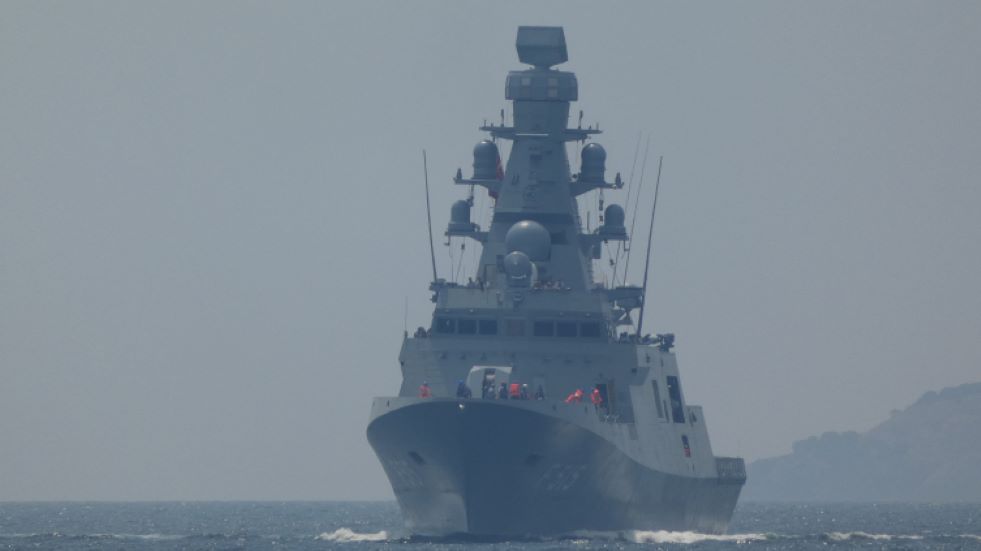
SSİK MİLGEM's 9-10-11-12 frigates is another critical topic. The Directorate of Communication declared the decision to construct I-class frigates. The decision to build these ships precedes the decision expectations regarding the TF-2000 air defence destroyer. As you may remember, in the last SSİK held on December 29, 2022, ASFAT was tasked with developing a design on this subject. It is helpful to recall a news analysis made by TurDef earlier. TurDef had brought up the possibility of continuing with I-class frigates instead of air defence destroyers in the TF-2000 project. In this possibility, the masts of the ships are optimized for a smaller air defence radar, and more than one frigate is required to cooperate for the same air defence mission. Emphasis will be given to developing a naval version of SIPER with a range of 100-150 km and installing 32 VLS cells. If the project progresses this way, the possibility of realizing the expectations for the TF-2000 destroyer before 2030 decreases.
Rapid progress was achieved in the Akhisar and Koçhisar projects. ASFAT previously built the HİSAR Type Offshore Patrol Ships (OPV). These ships now have financial advantages such as using the geometry of the well-known Ada class corvettes, using diesel engines on the vessel, and having fewer weapon systems. Details of the decisions have not yet emerged, but while, in total, ten ships in the OPV class are expected to be built, it is inevitable that ASFAT, which built the first two ships, will come to the fore in this regard.


